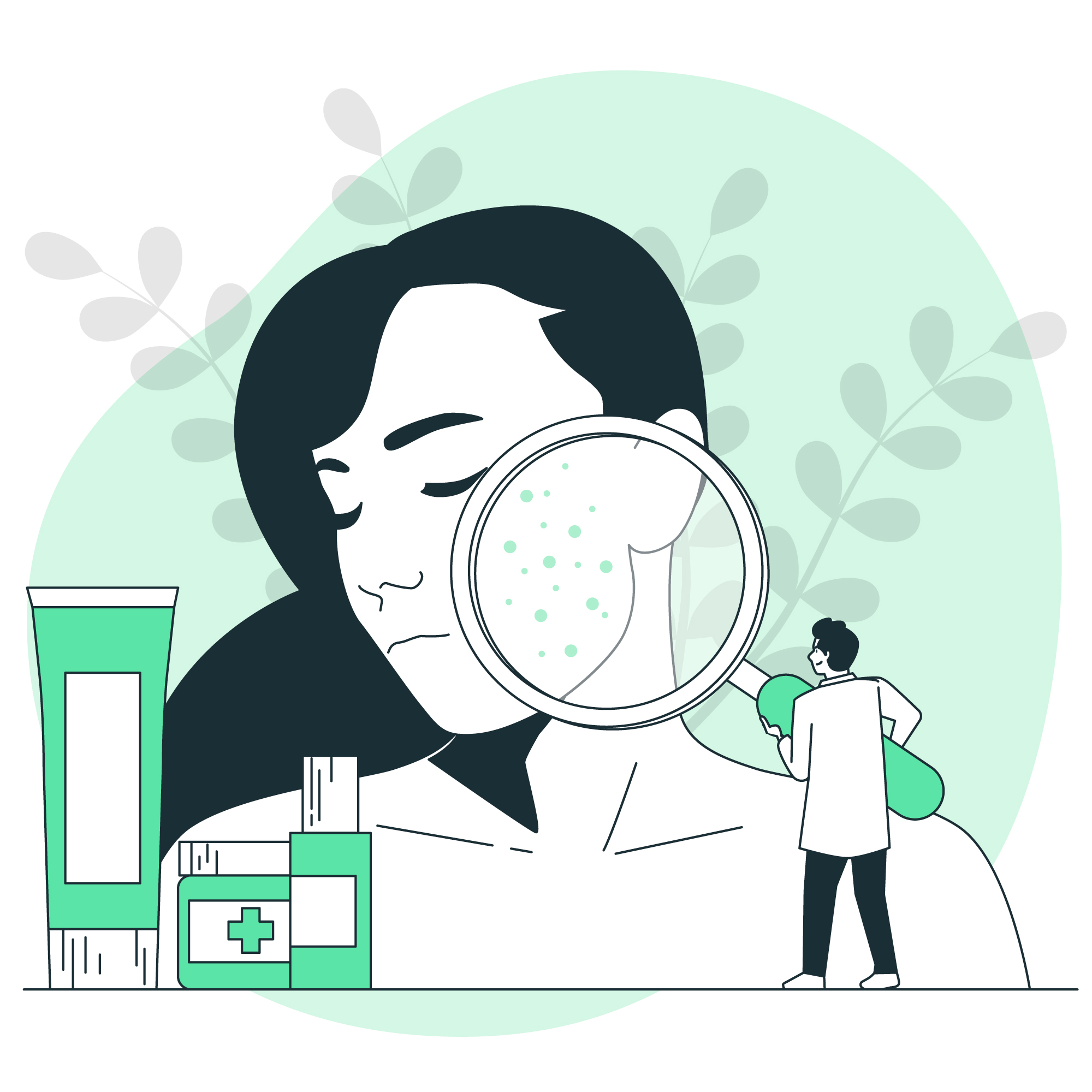
Contact Dermatitis: What is it and How to Deal with It?
Introduction:
Contact dermatitis is a common skin condition that occurs when your skin comes into contact with an irritant or an allergen. It can cause a rash, itching, and burning. Contact dermatitis can affect anyone, but it is more common in people with sensitive skin.
Types of Contact Dermatitis:
There are two main types of contact dermatitis: allergic contact dermatitis and irritant contact dermatitis.
- Allergic contact dermatitis is caused by an allergic reaction to a substance. The first time you come into contact with the substance, your body may not react. However, the next time you come into contact with it, your body will release chemicals that cause the rash.
- Irritant contact dermatitis is caused by a substance that irritates the skin. This type of dermatitis can occur after a single exposure to the substance.
Symptoms of Contact Dermatitis:
The symptoms of contact dermatitis can vary depending on the type and severity of the condition. However, some common symptoms include:
- Redness
- Itching
- Burning
- Blisters
- Swelling
- Pain
Causes of Contact Dermatitis:
The most common causes of contact dermatitis are:
- Metals, such as nickel, cobalt, and chromate
- Plants, such as poison ivy, oak, and sumac
- Cosmetics and personal care products, such as soaps, detergents, and perfumes
- Rubber
- Latex
- Animals
- Medications
- Industrial chemicals
Treatment for Contact Dermatitis:
The treatment for contact dermatitis depends on the severity of the condition. In mild cases, you may be able to treat the rash at home with over-the-counter medications, such as hydrocortisone cream or calamine lotion. In more severe cases, you may need to see a doctor for prescription medications, such as oral antihistamines or steroids.
Prevention of Contact Dermatitis:
The best way to prevent contact dermatitis is to avoid the substances that trigger it. If you know you are allergic to a certain substance, it is important to avoid it at all costs. If you are not sure what is causing your contact dermatitis, it is a good idea to see a doctor for allergy testing.
Conclusion:
Contact dermatitis is a common and sometimes frustrating skin condition. However, there are treatments available that can help relieve the symptoms and prevent future flare-ups. If you think you may have contact dermatitis, it is important to see a doctor for diagnosis and treatment.
I hope this article has helped you understand endometriosis better. You can consult a doctor for more information


